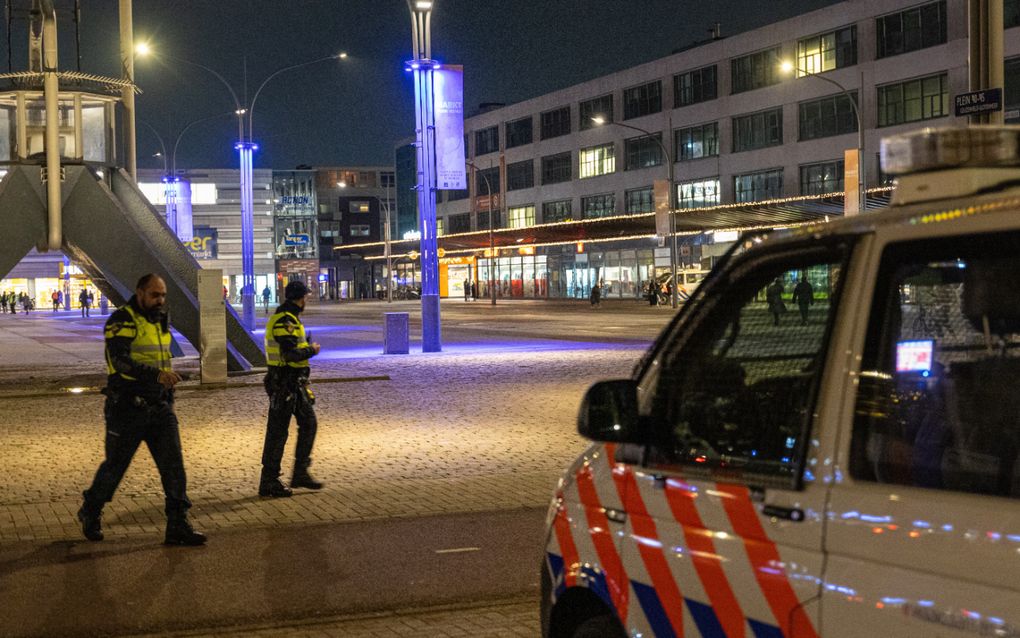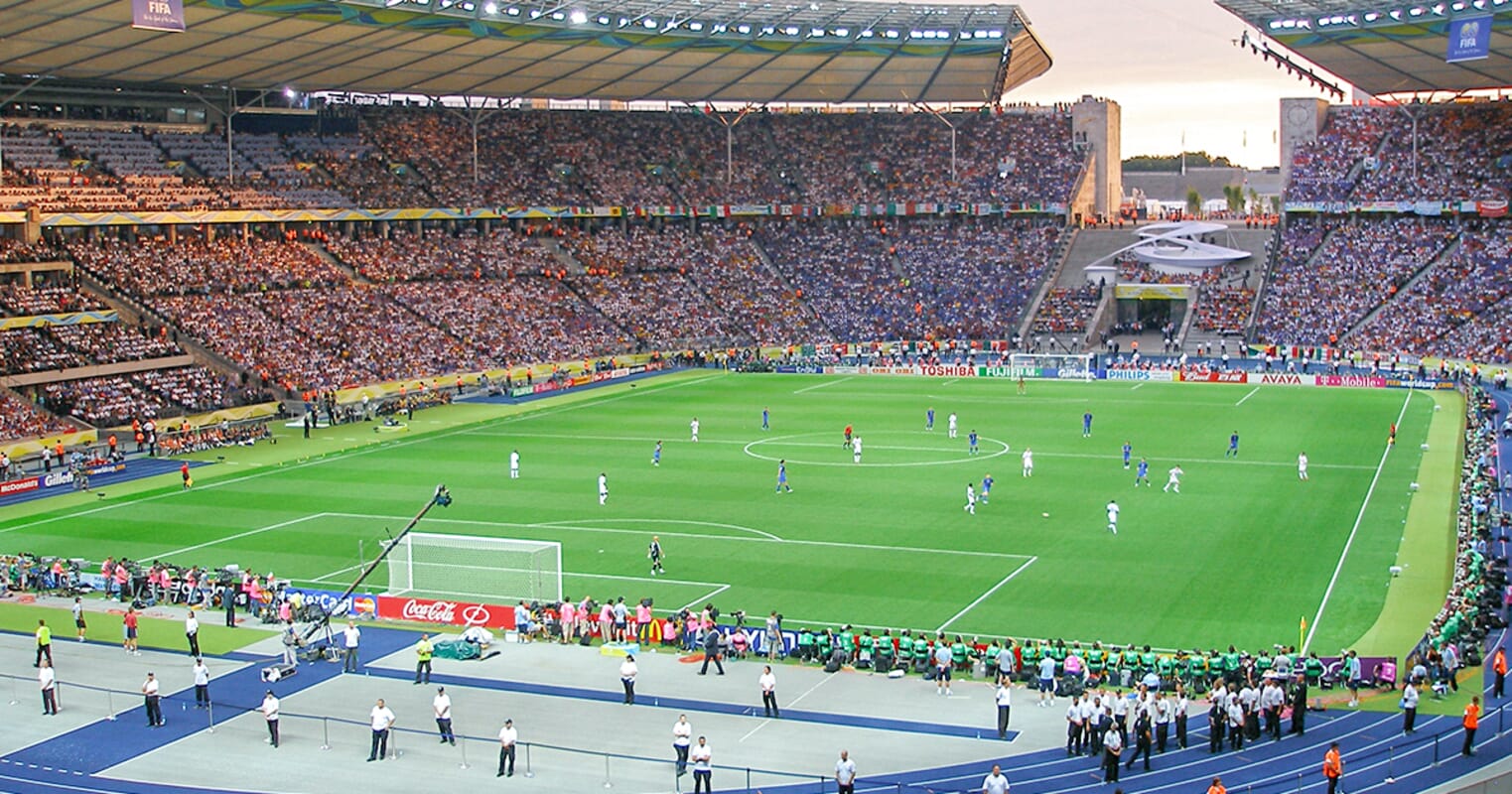UvA scoops two Ig Nobel prizes

- by maurya18@gmail.com
- September 13, 2024

Drunk worms
A team from the UvA’s Van ’t Hoff Institute for Molecular Sciences and Institute of Physics collected the prize for their work with inebriated worms. They used the worms to model ‘active matter’ – essentially, particles that can move on their own. Active matter is booming business in biology, chemistry and physics, with scientists desperately searching for a theory that will help them understand how overall properties emerge from individual particle characteristics.
Team member Antoine Deblais: ‘If you show chemists a long, slender moving object, they might see it as a polymer whose conformation fluctuates because of thermal motion. A biologist will see a worm, or snake, that moves because it’s looking for food. As a physicist, you wonder: what is the fundamental difference between those two perspectives?’
Bachelor’s student Tess Heeremans built a separation device for use in the experiment. Heeremans: ‘’Just as the setup was ready, the Covid lockdown hit and lab access became impossible. The only solution? Move the whole thing to my student room!’ The separation device was a maze that helped differentiate worms with different activity levels as they slalomed through it. By getting half of the worms drunk before the race, the difference in their activity levels became greater. The worms used for the experiment were bought in an aquarium store (where they are sold as fish food – an idea of team member Sander Woutersen, who had used them as a child), and were flushed through the maze with a water flow. The team found that drunk worms take longer to get out of the maze than sober ones. This may seem obvious, but since inactive worms “go with the flow”, the team initially expected the drunk worms to come out first.
‘Some scientists dream of the Nobel prize. I have always wanted the Ig Nobel,’ says team member Daniel Bonn. Woutersen: ‘It was the most fun Friday-afternoon experiment we ever did and look where it got us!’
The Latest News
-
November 14, 2024De beste kinderproof hotels, vakantiehuisjes en campings in Nederland: onze favorieten
-
November 14, 2024Nintendo opent pop-up store tijdens Heroes Dutch Comic Con – Entertainment Business
-
November 14, 2024Interland American Football: Nederland – Turkije – Arnhem-Direct.nl
-
November 14, 2024ACM houdt toezicht op Europese Platform-to-Business Verordening
-
November 14, 2024Zscaler biedt nieuwe zero trust tech voor vestigingen, fabrieken en…




